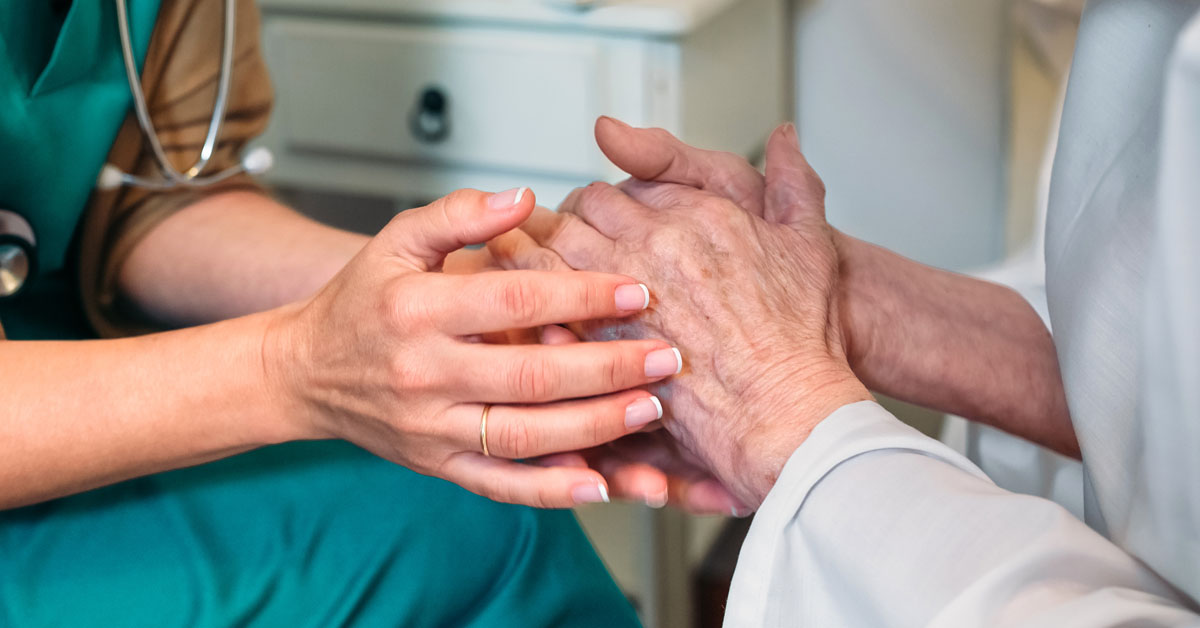
Food and Comfort: Understanding Nutrition at the End of Life
Food is deeply intertwined with our sense of comfort and connection. From infancy, where babies bond with their mothers through nursing or bottle-feeding, to adulthood, where we offer chicken soup to loved ones battling a cold, food symbolizes care and love.
Our cultural celebrations and holidays are also marked by specific foods. Birthdays are celebrated with colorfully decorated cakes and ice cream. Thanksgiving features turkey with all the trimmings. Christmas brings spiral ham, pecan pies, and sugar cookies, while Hanukkah is celebrated with sufganiyah and latkes. On the 4th of July, BBQ burgers, hot dogs, and ice-cold watermelon are staples. For generations, sharing these meals has been a way to show our family and friends that we care about them.
However, as loved ones approach the end of their lives, their nutritional needs change drastically. Families often worry about this transition, expressing concerns like, “I don’t want mom to starve,” or “I really want to get some fluids into dad.” These concerns are deeply understandable and stem from personal, emotional, and clinical considerations.
Why Do End-of-Life Patients Stop Eating?
It’s normal for individuals nearing the end of life to experience a diminished appetite. As the body’s ability to digest and metabolize foods and fluids decreases, the digestive system gradually shuts down, reducing the need for food and energy.
The Role of Hospice Care
Hospice care is designed to improve the quality of life for patients at the end of their journey, often resulting in more meaningful time with family and fewer hospital visits. Services provided by hospice can assess hospice eligibility and provide the necessary support.
What Happens When a Hospice Patient Stops Eating and Drinking?
As the body’s metabolism slows, patients may experience fatigue, weakness, and changes in consciousness, such as drowsiness, confusion, or coma. Caregivers should focus on supportive care, which includes keeping the patient comfortable and providing emotional support to both the patient and their loved ones.
How Long Do Hospice Patients Live Without Eating?
The duration can vary, typically ranging from a few days to several weeks. Most patients live about 10 days without food, but there are exceptions.
Why Forcing Fluids and Food Is Not Recommended
When the body is dying, it cannot regulate fluids well, leading to imbalances and symptoms such as edema, which can cause swelling, infections, or pulmonary edema. This can result in shortness of breath, coughing, and hypoxia, causing confusion and agitation in the patient.
Forcing food can lead to choking or aspiration, where food or fluids enter the lungs, causing painful symptoms like shortness of breath, coughing, and nausea. These symptoms are particularly distressing for someone who is already dying.
It’s OK for Hospice Patients to Stop Eating and Drinking
The body naturally reduces and eventually eliminates the need for food and fluids during the dying process. While it may be difficult for caregivers and family members, it’s important to understand that offering food or drink at this stage can exacerbate symptoms rather than provide comfort. Hospice professionals can guide families on when to stop offering nutrition and hydration, ensuring that loved ones are comfortable and cared for in their final days.
In the end, allowing nature to take its course and focusing on comfort and dignity is often the most compassionate choice. This, too, is a profound way to show your loved ones how much you care.





